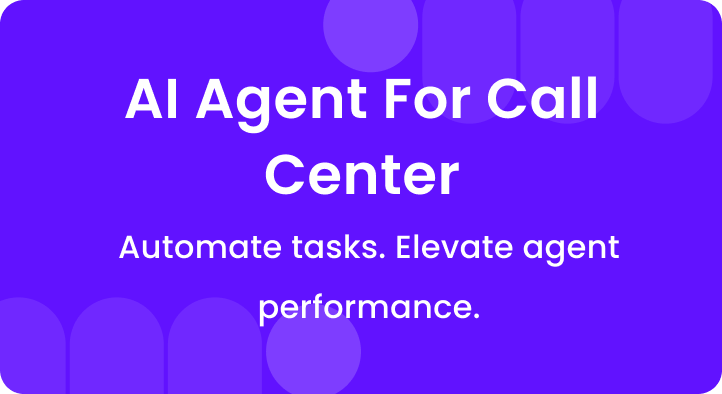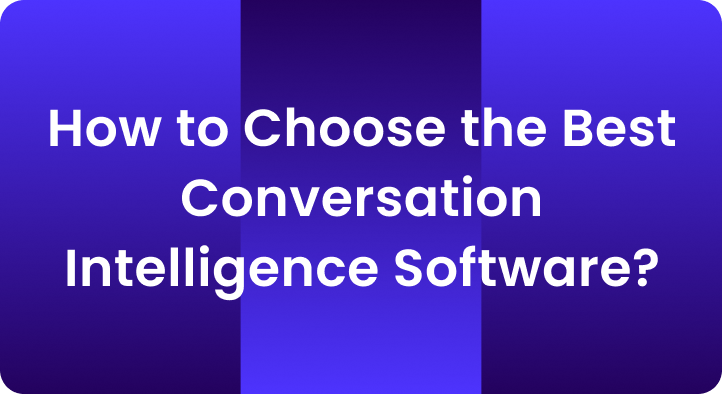Ever had a “bad feeling” after a customer call?
Chances are, your customer felt it too.
70% of buying experiences are based on how customers feel they’re being treated.
That’s not just a stat—it’s a wake-up call for call centers.
In a call center, what people say matters—but how they feel matters more.
That’s where customer sentiment analysis comes in.
It helps you read between the lines, catch frustration early, and coach agents before small problems become big churn risks.
In this blog, we’ll break down what sentiment analysis really is, how it works inside a call center, and how you can use it to boost CSAT, FCR, and overall vibe.
A. What is customer sentiment and how to measure it?
Ever had a customer say, “Yeah, it’s fine”—but you just knew they were annoyed?
That’s sentiment. It’s the emotion behind the words, and in call centers, it’s the gold mine hiding in plain sight.
Customer sentiment is how someone feels about your brand—whether they’re happy, frustrated, confused, or downright angry.
And guess what? It matters.
A PwC study found that 1 in 3 customers will ditch a brand they love after just one bad experience.
Let’s say a customer calls your support line because a product didn’t arrive on time.
Here are two ways they might say it:
“Hi, my order’s late. Can you help me out?” vs. “I’ve called three times! This is ridiculous—where’s my order?!”
The words are similar, but the tone? Worlds apart.
Basic formula to calculate customer sentiment score:
Customer Sentiment Score (%) = [(Positive Mentions – Negative Mentions) / Total Mentions] × 100
For example, If you have 300 positive mentions and 100 negative mentions out of 500 total mentions, the sentiment score would be 40%.
Tools like IBM Watson or Enthu.AI automatically calculate this for you using AI to analyze text, speech, or even social media posts.
How do you measure sentiment like this?
- Surveys: After a call, send a quick CSAT or NPS survey. “How was your experience?” is basic—but it gives you a surface-level read.
- Call transcripts: Scan transcripts for emotionally loaded words—“frustrated,” “happy,” “waste of time,” or “thank you so much.”
- Speech analytics: AI tools pick up voice tone, pace, volume, and even sighs. A calm tone says one thing. A raised voice? Whole different story.
- Social media & reviews: Check what people are posting online. A tweet like “Shoutout to Rahul from support—legend!” screams positive sentiment.
- Agent notes: Your frontline agents know the vibe. Let them tag calls as “angry,” “satisfied,” or “needs follow-up.”
Pro tip💡
One angry customer might just be having a bad day. But if 30% of your calls sound frustrated this week? That’s a trend worth acting on.
B. What is customer sentiment analysis?
Let’s say two customers call your support team.
Customer A says, “Thanks, that helped.”
Customer B says, “Yeah… I guess that’s fine.”
Both might get logged as resolved. But if you only rely on CSAT scores or AHT, you’d miss something big: Customer A left satisfied. Customer B didn’t—and may not return.
That’s where Customer Sentiment Analysis steps in.
It’s a tech-powered process that uses AI and machine learning to detect how a customer really feels during a conversation.
Instead of just logging keywords, it reads tone, pace, word choice, and emotion—giving you a much deeper understanding of customer experience.
At the heart of this is Natural Language Processing (NLP).
It breaks down conversations, picking up on signals like frustration, excitement, or hesitation.
Phrases like “I’ve already told three people” or “I guess I have no choice” trigger red flags, even if the customer never raises their voice. Unlike traditional metrics like CSAT or Average Handle Time (AHT), sentiment analysis shows the why behind the data. A short call might look efficient on paper, but if the sentiment was negative, you could be looking at a lost customer. Think of it as giving your call center superpowers: not just hearing customers, but truly understanding them. According to a report by Deloitte, 57% of high-performing contact centers already use sentiment analysis to enhance customer experience, and the number is growing fast. Why? Because traditional metrics like AHT (Average Handle Time) or CSAT scores only scratch the surface. Sentiment analysis dives deeper, uncovering how customers actually feel during interactions. Let’s break down how it works in a call center setting—step by step: The process begins as soon as a customer call is made. The speech-to-text AI transcribes the audio into text. This allows all spoken words to be converted into readable data. But it’s not just about what’s said—it also captures the tone of the conversation, such as stress, excitement, or frustration, adding depth to the interaction. Once the transcript is available, the Natural Language Processing (NLP) technology kicks in. It analyzes the conversation, breaking it down further into emotionally charged words like “angry,” “grateful,” or “confused.” It also considers phrases and even voice signals such as rising pitch or pauses. This helps classify the customer’s sentiment into positive, neutral, or negative categories, giving a clearer understanding of how the customer feels. The analyzed emotions are now grouped into insights. Over time, the system looks for patterns within these insights, such as common phrases, issues, or recurring feelings expressed by customers. This allows the system to identify larger trends, like frustration with long wait times or positive feedback on customer service responsiveness. Once patterns are recognized, the system provides real-time nudges to agents. These nudges give agents immediate feedback on how the customer is feeling during the conversation. For example, if the customer is upset, the agent may receive a prompt suggesting they adjust their tone, offer empathy, or escalate the issue if necessary. This helps agents make adjustments on the fly and improve the overall customer experience. Finally, managers gain access to a detailed overview of the interactions. The insights gathered from sentiment analysis empower managers to make more data-driven decisions. They can identify recurring pain points, evaluate agent performance, and spot areas for training and improvement. This leads to smarter managerial actions, such as adjusting processes, improving training, or refining customer service strategies to enhance overall performance. In this way, customer sentiment analysis transforms raw customer feedback into actionable insights that benefit both agents and managers, leading to more positive customer interactions and better call center performance. Customer sentiment affects your call center’s performance and customer satisfaction. Improving sentiment boosts loyalty. Here are 5 steps to enhance sentiment. These steps help resolve issues faster. From tracking emotions to post-call follow-ups, each step improves service quality. Let’s explore these steps to improve customer experiences. Start by tracking tone, keywords, and sentiment during calls. This helps detect emotional shifts instantly. Using customer sentiment analysis tools, you can analyze the customer’s tone, pauses, and words for signs of frustration, happiness, or confusion. If a customer says, “I’ve been waiting forever,” the sentiment analysis picks up on frustration in their voice. Instead of a standard reply, an agent could respond with, “I apologize for the wait, I’ll help you right away!” This reduces frustration and improves customer experience. Sentiment analysis can reduce response time by 25%, improving overall customer satisfaction. Train your agents to recognize emotional cues and respond with empathy. It’s not just about fixing the problem, but also about understanding the customer’s feelings. Focus on active listening, empathy, and soft skills. When agents respond with empathy, customers feel valued. 69% of customers leave a brand due to poor customer service. Empathy can reduce this churn. If a customer is upset about a billing issue, an empathetic response would be, “I understand why this would be frustrating for you. Let me help resolve this.” Personalize responses based on the customer’s emotional state. When a customer is frustrated, a calm and empathetic approach works best. When they’re happy, be concise and get to the point. A customer says, “I appreciate how fast you solved this.” A simple response like, “I’m glad I could help!” works here. However, if the customer is angry, something like, “I understand your frustration, let’s solve this together” works better. Use the insights gathered from sentiment analysis to identify recurring problems or customer pain points. With this data, you can refine processes, improve training, and resolve issues faster. This not only resolves problems but also helps prevent them from happening again. If sentiment analysis reveals that many customers are frustrated by long hold times, consider optimizing call flow or increasing staffing during peak hours. Companies that use feedback for continuous improvement see a 10% increase in customer retention. After the call, follow up with the customer to make sure their issue was fully resolved. Post-call follow-ups show customers that their satisfaction matters and that you’re committed to solving their problems. This additional touchpoint can increase their loyalty. After resolving a billing issue, send a follow-up email: “We’ve addressed your concern. How are you feeling now? Is there anything else we can assist with?” Sentiment analysis isn’t just tech—it transforms call centers performance. Let’s See how: Imagine spotting frustration before a customer even complains. That’s the edge sentiment analysis gives you. Instead of waiting for angry escalations, it highlights emotional shifts mid-call. Managers can then step in with real-time support or follow-up strategies. Over time, this reduces churn and keeps your CSAT scores steady. In fact, companies using emotional analytics report up to a 25% drop in customer complaints. It’s not just about fixing problems—it’s about creating moments where the customer feels truly heard and cared for. Traditional call reviews only show what was said. Sentiment data reveals how it was said—and felt. This extra layer helps agents fine-tune their tone, pace, and phrasing. For instance, if a normally cheerful agent sounds rushed, it’s flagged. Maybe they’re burned out. That insight enables personalized coaching—not generic one-size-fits-all sessions. Over time, agents feel more confident, supported, and less robotic. It’s performance growth that’s emotional, not mechanical. And when agents feel empowered, they bring that energy to every call. Speed alone doesn’t equal efficiency—emotional context matters too. Sentiment analysis helps teams triage better. An upset customer asking a billing question might need escalation, while a calm one can go through self-service. This emotional segmentation saves time, reduces repetitive transfers, and improves the First Contact Resolution (FCR) rate. Plus, it prevents agent fatigue from back-to-back difficult calls. Think of it as emotional traffic control—balancing urgency and energy across the day for smoother operations. Not all risks are technical—many are emotional. A call where a customer feels misled can snowball into a public complaint. Sentiment analysis highlights these risky calls by flagging keywords and tone changes (e.g., “You promised…” or “I’m disappointed…”). QA teams can then fast-track these for audit and resolution. This proactive approach not only ensures policy compliance but also brand protection. In industries like finance or healthcare, where trust is everything, these early alerts help avoid regulatory penalties and rebuild confidence before damage is done. Customer sentiment analysis only works as well as the tools behind it. Choosing the right software can help your team get faster insights, train better, and resolve issues before they escalate. Here’s a breakdown of some of the top tools, including their use cases and strengths: Built for call centers, Enthu.AI analyzes every call for emotional tone and intent. It uses AI to detect whether a customer sounds happy, angry, or neutral. The software tags calls with sentiment scores and gives instant feedback to agents and QA managers. What makes it stand out is its simplicity—it’s easy to set up, integrates well with existing systems, and delivers clear, actionable insights. This tool is great for teams dealing with lots of text—emails, chats, reviews. It breaks down each message, analyzes emotion and context, and returns sentiment scores. It’s powerful, scalable, and part of the larger Google Cloud ecosystem. While it’s more developer-focused, it provides deep insights once integrated. Watson combines transcription with AI-driven sentiment analysis. It’s strong at understanding tone from both spoken and written language. This makes it useful for companies handling voice-based support at scale. It also provides advanced analytics for long-term sentiment tracking and compliance risk detection. What to look for in a sentiment toolC. How does customer sentiment analysis work in a call center?
1. From call to transcript
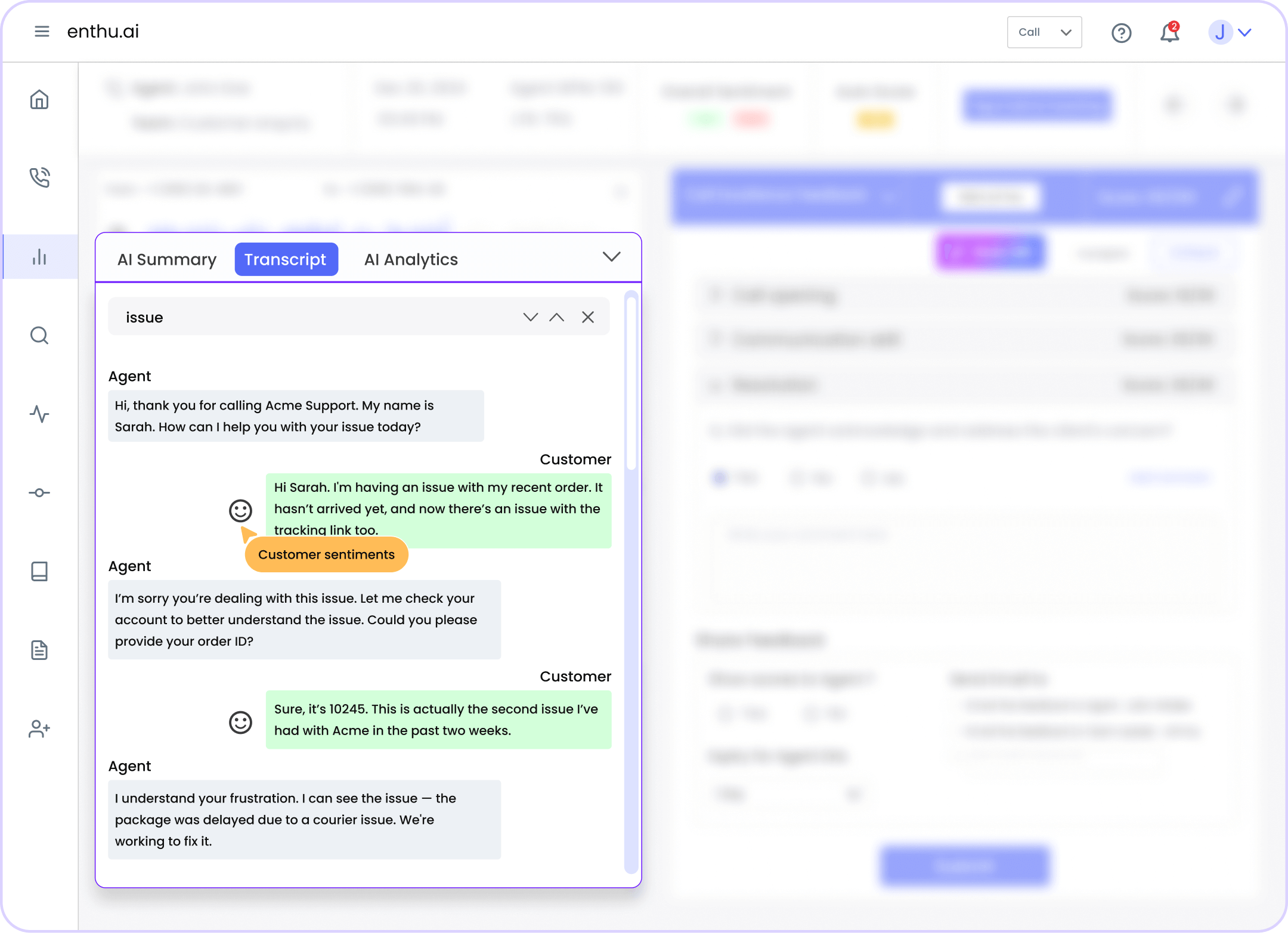
3. Emotions get analyzed with NLP
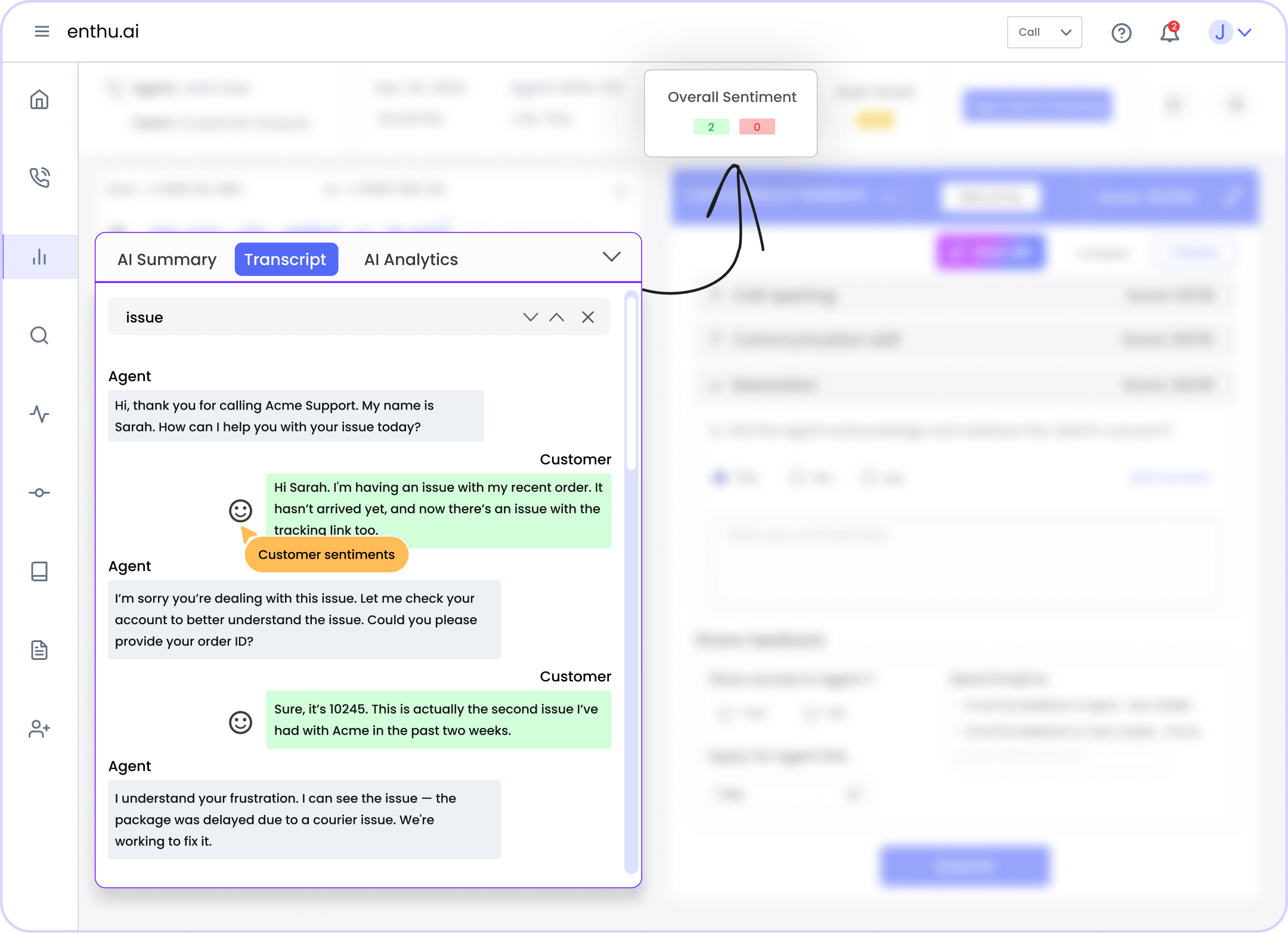
4. Insights turn into patterns

5. Agents get nudges
6. Managerial actions get smarter
D. 5 Steps to improve customer sentiment
Step 1: Monitor emotional cues
Step 2: Train agents on empathy
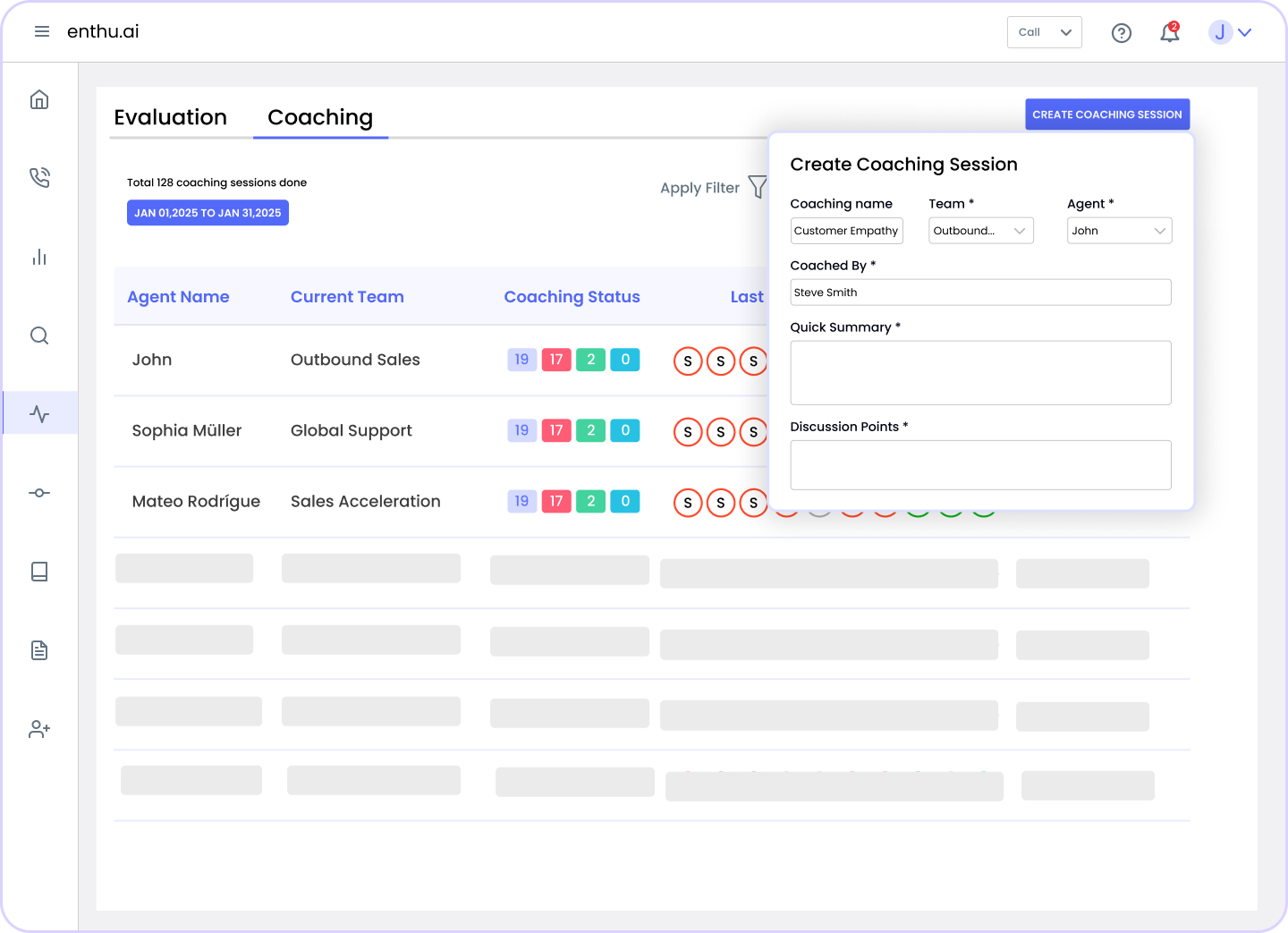
Step 3: Personalize interactions
Step 4: Act on feedback
Step 5: Implement post-call follow-ups
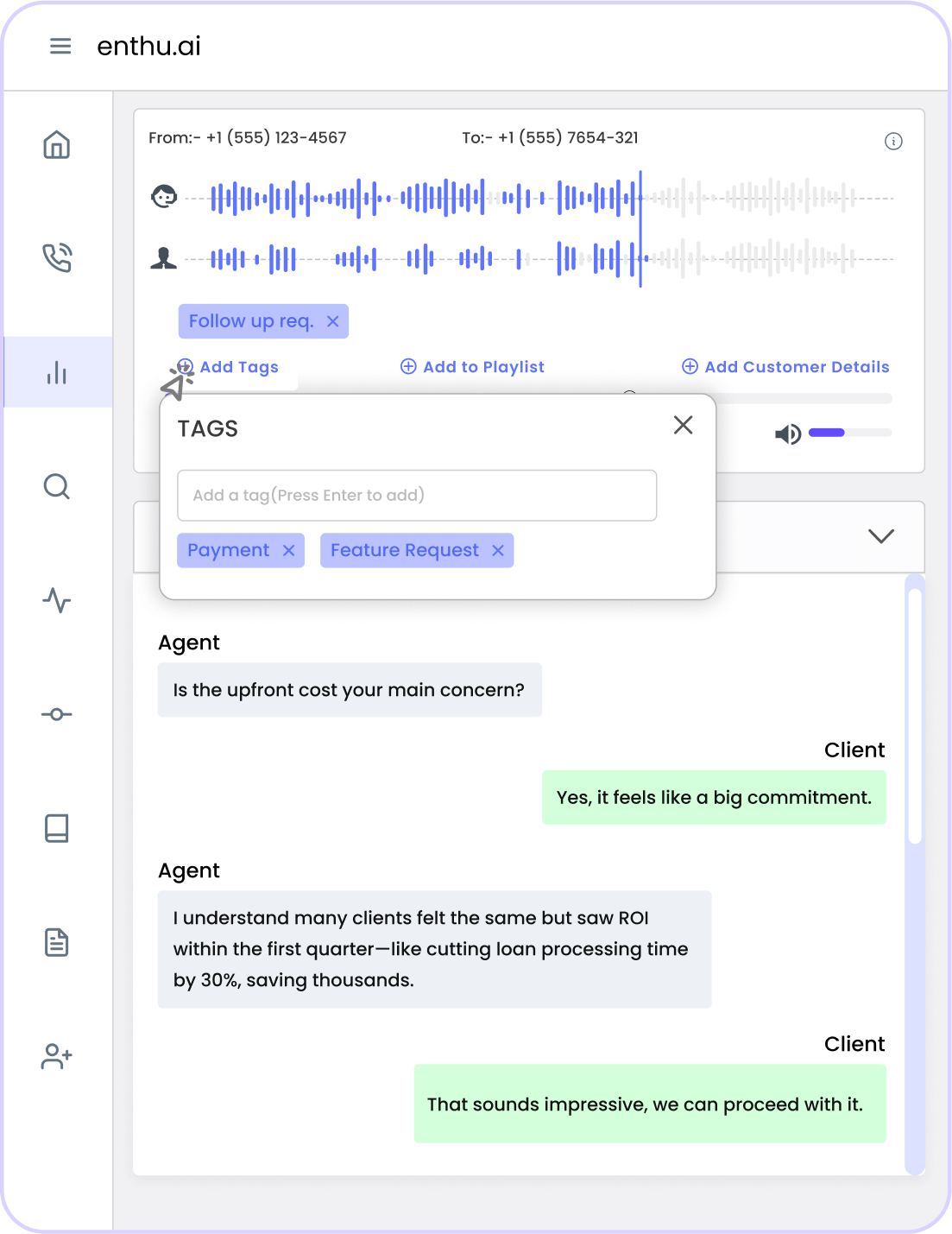
E. Impact of sentiment analysis on call centers
1. Improved customer satisfaction
2. Better agent performance
3. Optimized call handling
4. Enhanced compliance and risk management
F. What’s the best software to get started with?
1. Enthu.AI
2. Google Cloud Natural Language API
3. IBM Watson
Conclusion
Customer sentiment is no longer a “nice-to-have”—it’s your hidden KPI. While metrics like CSAT or AHT tell you what happened, sentiment tells you why it happened.
When you tap into how customers feel, you unlock deeper loyalty, better agent performance, and smarter decisions. It’s not just about solving problems—it’s about understanding people.
Tools like Enthu.AI help you listen beyond words. They turn raw emotions into real insights. And the call centers that act on those insights? They don’t just improve—they outperform.
So if you’re still running on gut feelings and surface metrics, it’s time to level up.
Because sentiment isn’t soft. It’s your competitive edge.

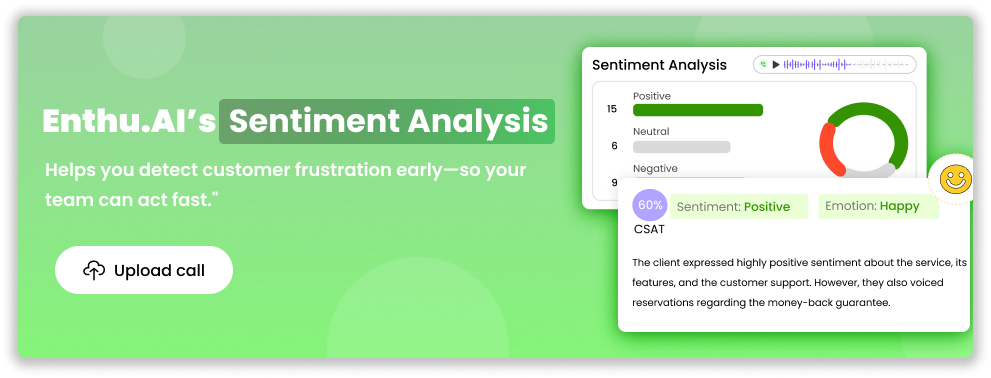
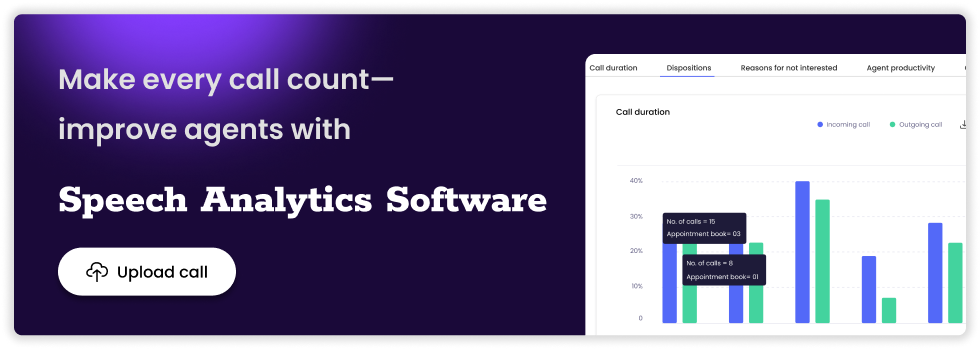


 On this page
On this page
